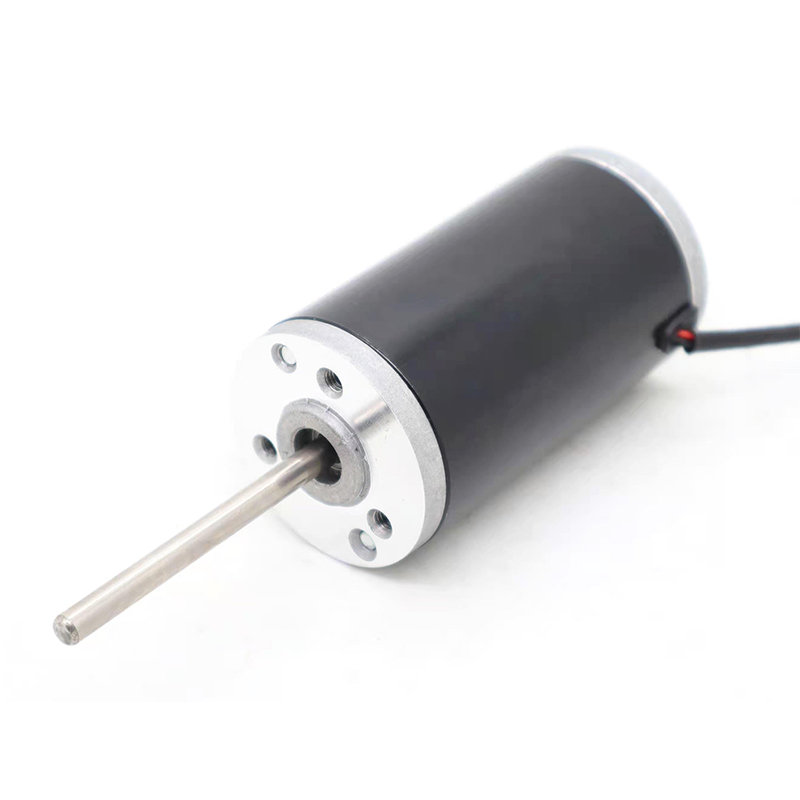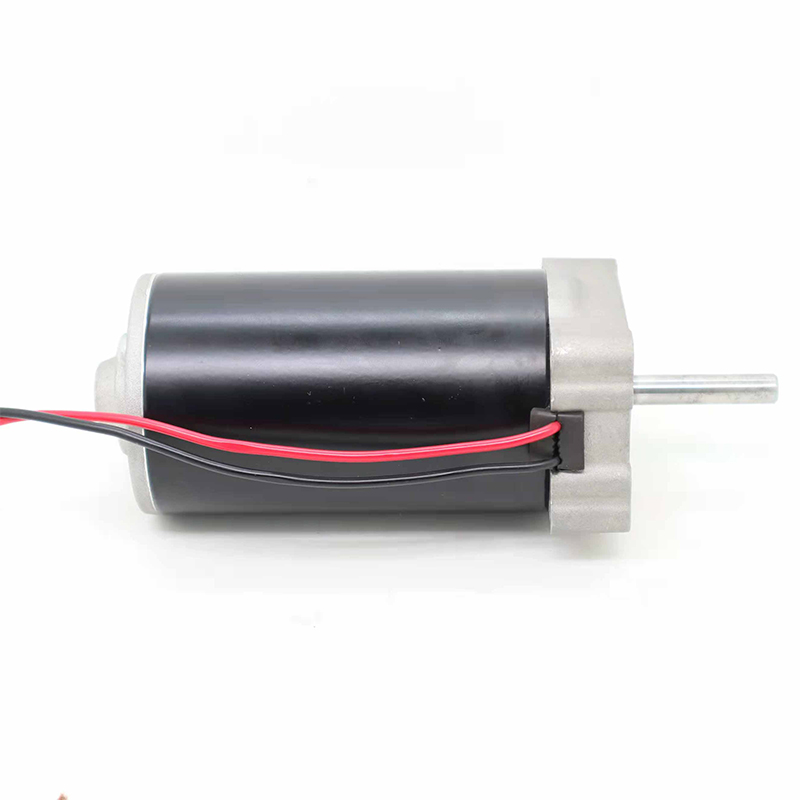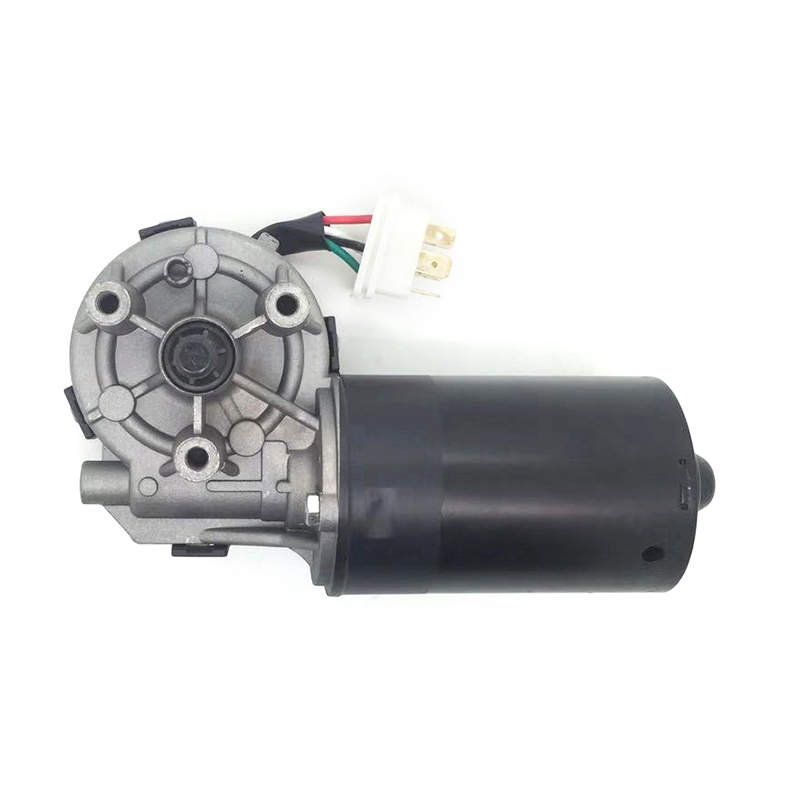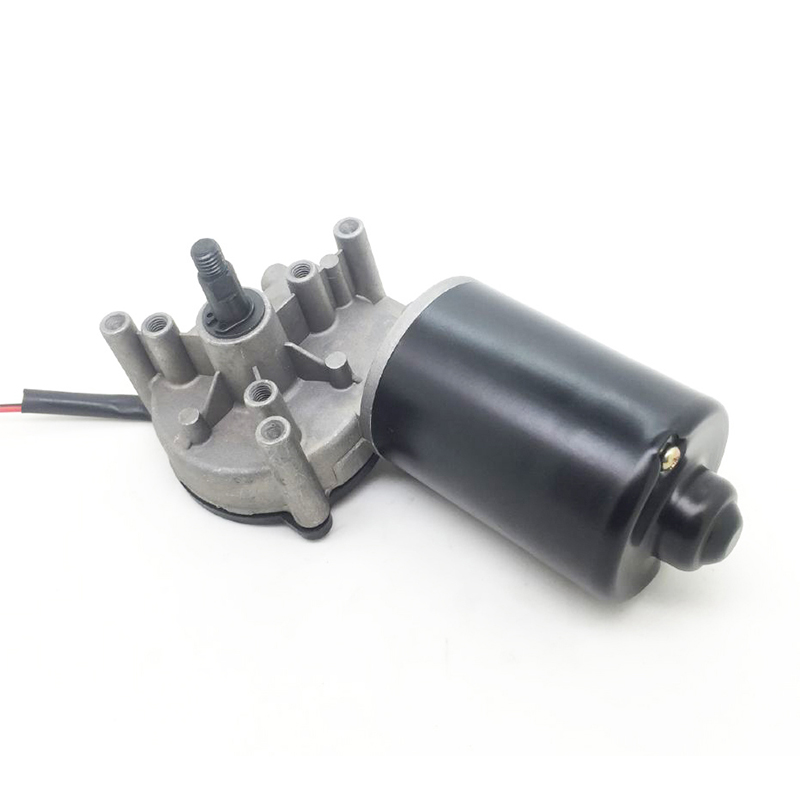 +86-0577-66009580
+86-0577-66009580
 juntmotor@126.com
juntmotor@126.com

In modern agriculture and gardening, efficiency and automation have become increasingly important. Farmers and greenhouse operators are constantly looking for reliable components to streamline their operations and reduce labor demands. Among the various mechanical parts used in agricultural systems, the gear motor plays a key role in improving productivity and precision. From irrigation systems to seeding machines and greenhouse ventilation, gear motors provide consistent torque and motion control that make agricultural automation feasible and reliable.
Gear Motor in Automatic Irrigation Systems
One of the most common applications of a gear motor in agriculture is in automatic irrigation systems. These systems rely on rotating spray heads to evenly distribute water across large fields or greenhouses. A gear motor is used to control the rotation of these sprinkler heads, ensuring they operate at a stable speed and follow a consistent pattern. This is particularly important in drip or rotary irrigation systems, where water distribution must be carefully managed to avoid overwatering or dry spots.
Because a gear motor can provide precise, low-speed rotation with sufficient torque, it ensures that even high-resistance sprinkler heads rotate smoothly. The durability of gear motors also means they can operate for extended periods without failure, which is essential for systems that must run daily or according to specific schedules.
Gear Motor in Seeding and Fertilizing Machines
Another critical use of the gear motor is in seeding and fertilizing machinery. These machines must accurately dispense seeds and fertilizers at regular intervals and in controlled amounts. A gear motor is often connected to a conveyor, auger, or rotating drum to manage this distribution process.
By integrating a gear motor, manufacturers can build equipment that offers both variable speed and high torque. This allows the operator to adjust the output rate according to different field conditions or crop requirements. For instance, during the planting of small seeds, the gear motor can be calibrated to rotate slowly and release small amounts. When dealing with larger quantities or heavier materials like granulated fertilizer, the gear motor can deliver increased torque to maintain consistent movement through the dispensing system.
In both small-scale gardening tools and large-scale farm equipment, gear motors support precise material handling without jamming or uneven delivery. Their ability to maintain torque at low RPM makes them especially suitable for tasks where precision and smooth operation are crucial.
Gear Motor in Greenhouse Automation
Greenhouse environments demand a high level of control to maintain optimal growing conditions. Temperature, humidity, and ventilation must be continuously monitored and adjusted to meet the needs of various crops. Here, gear motors are often employed in automated systems that open and close windows, vents, and shading panels.

Using a gear motor in these systems provides the necessary torque to move heavy window panels or ventilation flaps, even under wind resistance or other external forces. Moreover, the slow, controlled movement enabled by gear motors ensures that structures are not damaged during operation.
Another greenhouse application for the gear motor includes automatic curtain systems that manage sunlight exposure. These curtains must move smoothly along tracks and stop precisely at programmed positions. A gear motor allows for this level of fine control, integrating seamlessly with control systems that respond to sensor data or programmed schedules.
In many cases, gear motors used in greenhouses are designed to be weather-resistant or housed within protective casings to withstand the humid and potentially corrosive environment. Their compact design also allows for easy installation in confined spaces, such as above doorways or alongside ventilation channels.
Benefits of Using Gear Motor in Agriculture
Across all these applications, the advantages of using a gear motor are consistent. They offer reliable torque, precise speed control, long service life, and adaptability to different voltage and power requirements. Whether used in a mobile machine like a seeder or in a fixed system like an irrigation controller, the gear motor brings dependability to daily farming operations.
Another benefit of gear motors is their compatibility with automation technology. As agriculture continues to adopt smart systems and Internet of Things (IoT) solutions, gear motors can be integrated with controllers, sensors, and actuators to enable responsive and efficient operation.
As agriculture and gardening continue to embrace automation, the gear motor remains an essential component in many systems. Its role in driving irrigation mechanisms, managing seed and fertilizer distribution, and enabling greenhouse automation makes it invaluable to modern farming practices. With the ability to deliver controlled, powerful, and reliable motion, the gear motor supports increased productivity and sustainability in agricultural operations.
Whether for a large-scale farm or a small greenhouse, selecting the right gear motor ensures that equipment functions efficiently and consistently. As technologies advance, the gear motor will likely continue to evolve, offering even more refined solutions for the challenges of modern agriculture.

